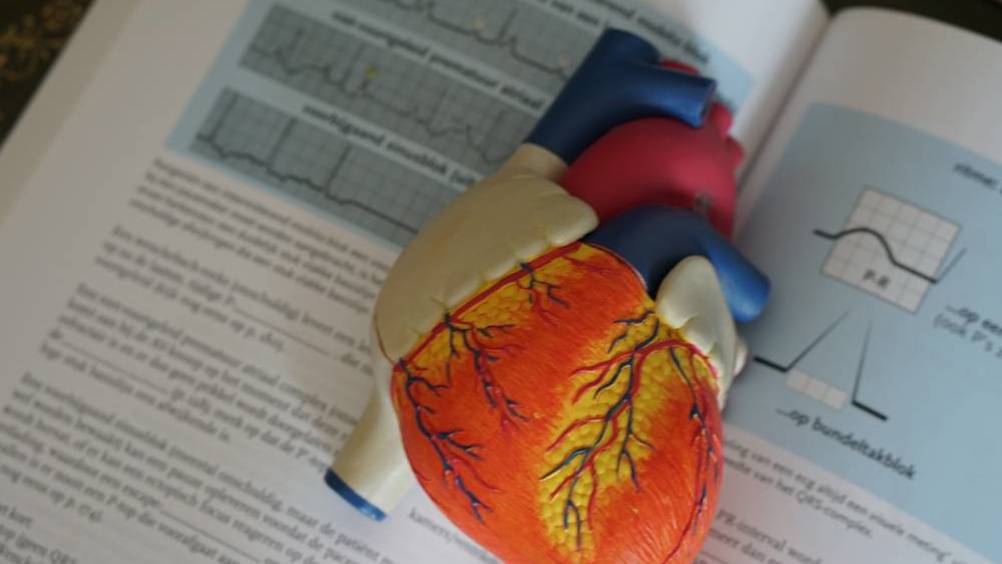References
Pharmacotherapy for hypertension in adults aged 60 years or older

Hypertension is an elevation in systolic and/or diastolic blood pressure. The standard definition of hypertension is a persistent, resting elevation above 130/80 bpm. Under the new guidelines of the American Heart Association (AHA), some 14% more Americans will be diagnosed with hypertension (AHA, 2018). However, most of these adults will not need pharmacologic treatment (AHA, 2018). In the UK, approximately 15 million adults have been diagnosed with hypertension, but less than half of these cases are properly controlled (British Heart Foundation, 2020).
Uncontrolled hypertension leads to potentially life-threatening diseases, including heart attack, stroke, aneurysm and renal failure. When lifestyle alterations are not successful in lowering blood pressure, pharmacologic therapy is implemented. The most common classes of antihypertensive medications include diuretics, angiotensin-converting enzyme (ACE) inhibitors, angiotensin-receptor blockers (ARBS), beta-blockers and calcium channel blockers (Musini et al, 2019).
Register now to continue reading
Thank you for visiting Community Nursing and reading some of our peer-reviewed resources for district and community nurses. To read more, please register today. You’ll enjoy the following great benefits:
What's included
-
Limited access to clinical or professional articles
-
New content and clinical newsletter updates each month

